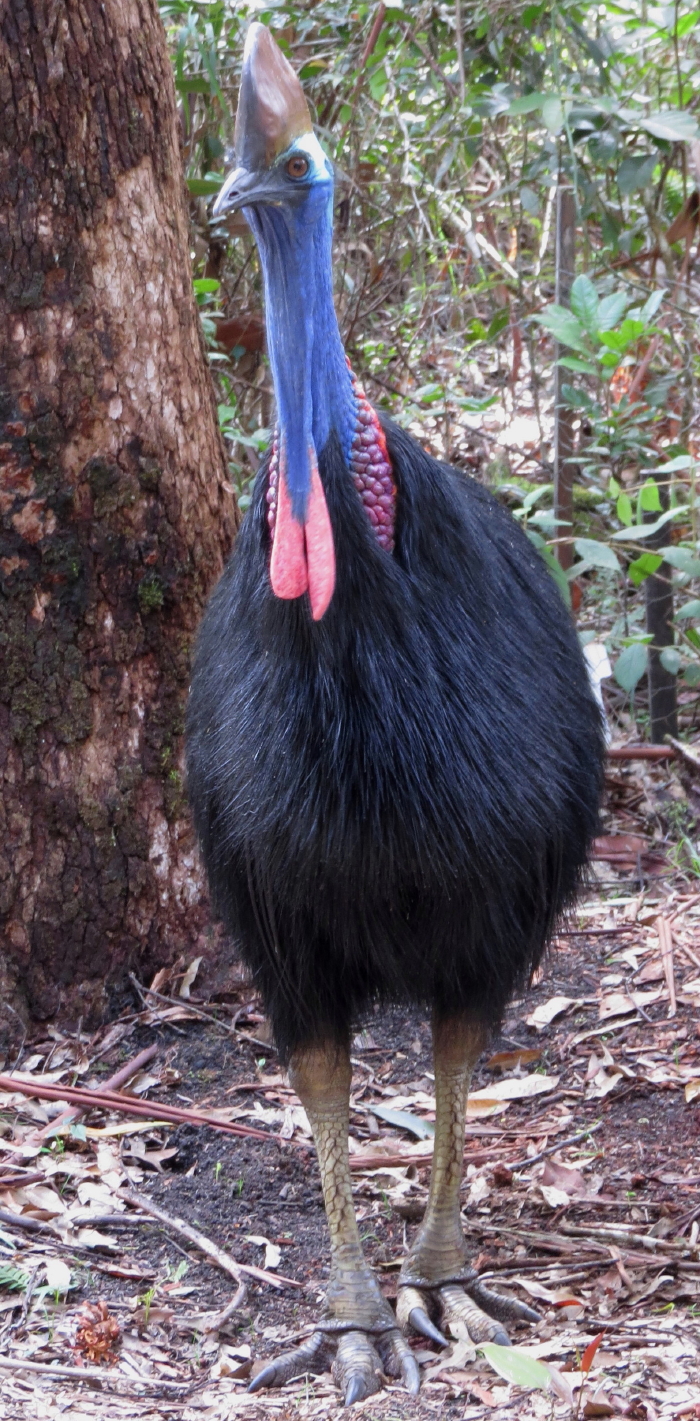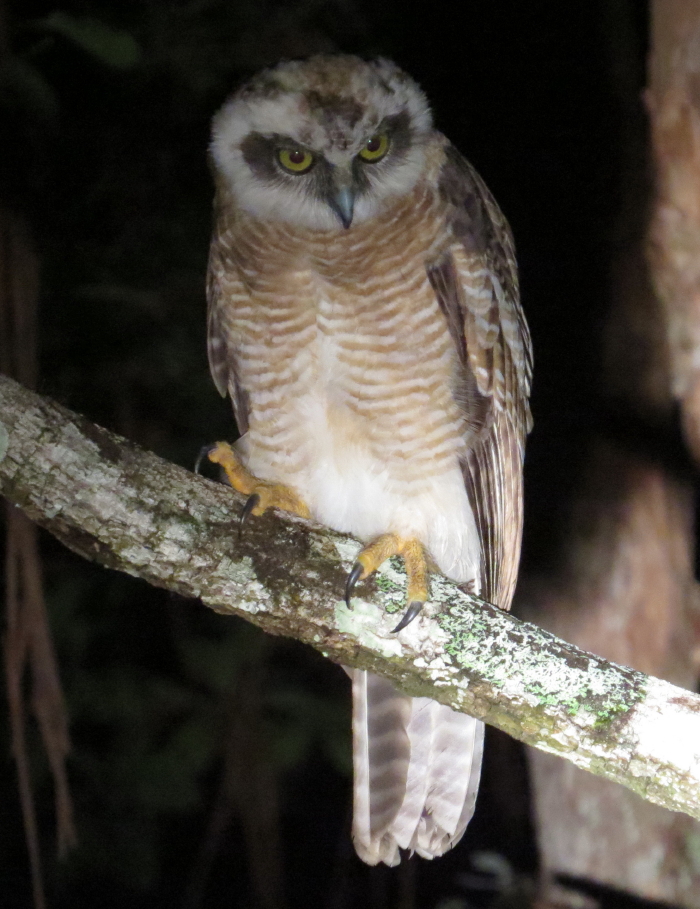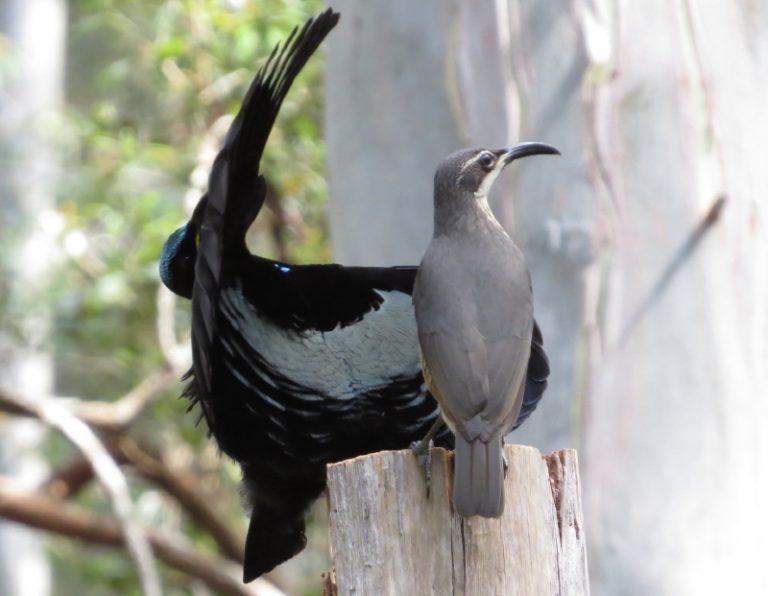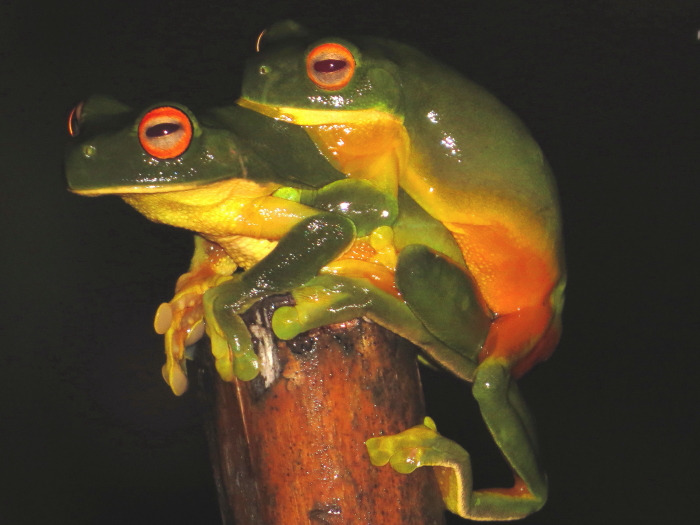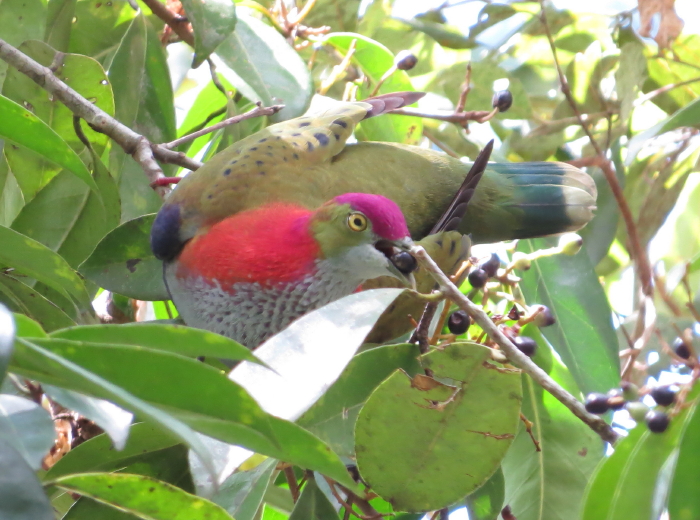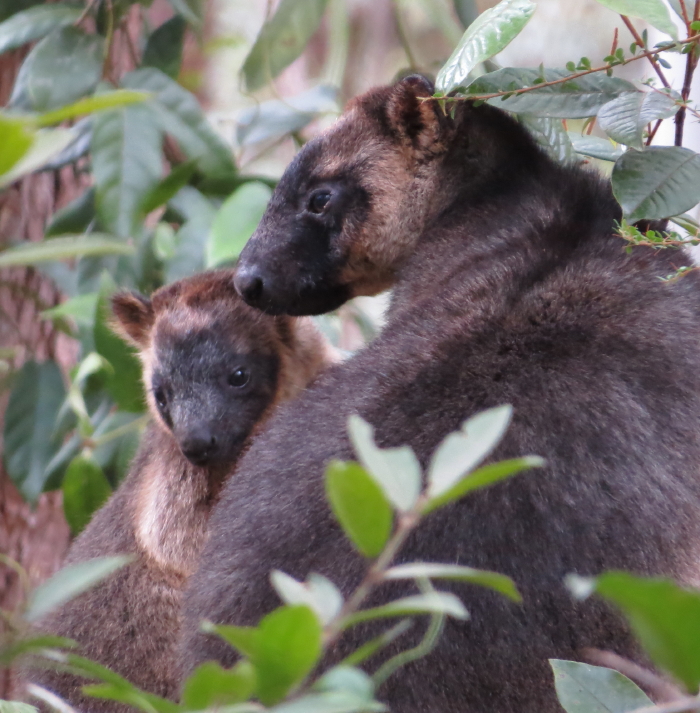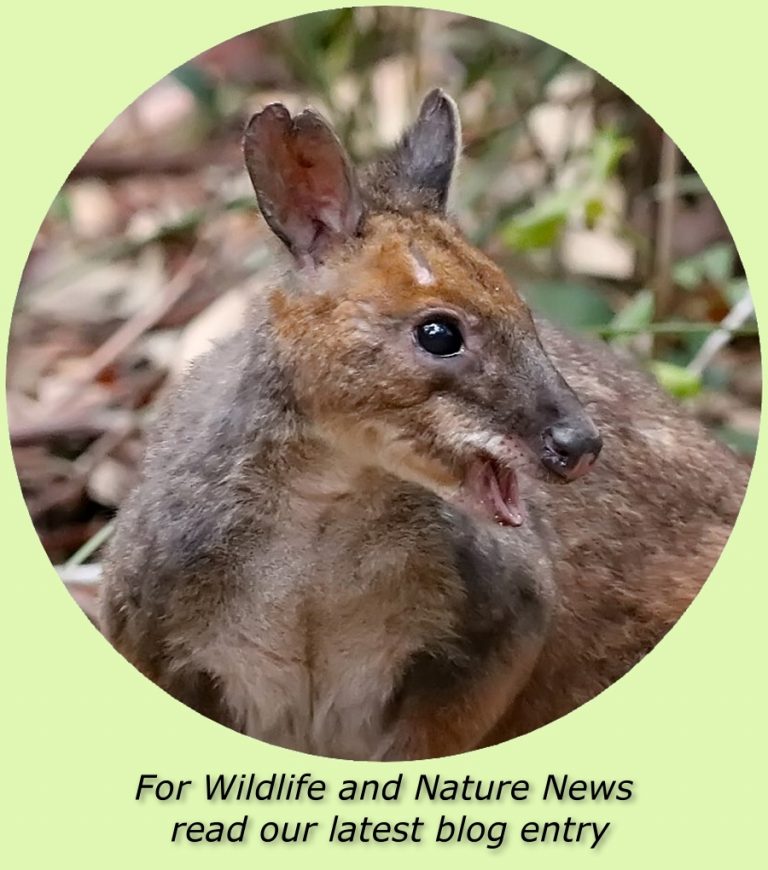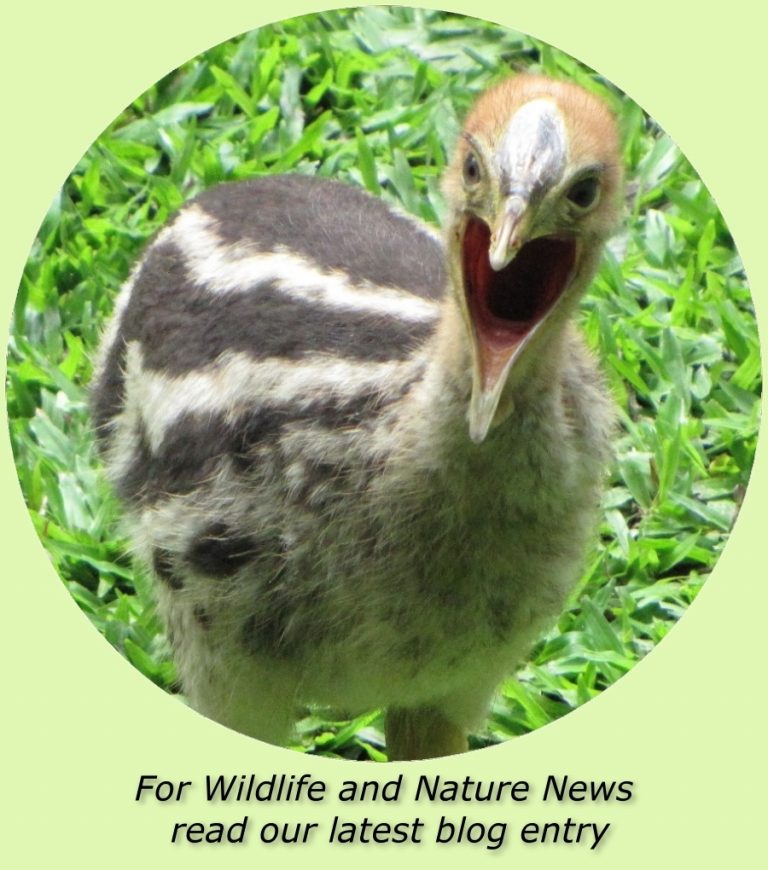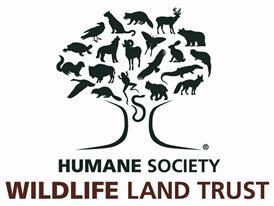ATHERTON TABLELANDS BIRDWATCHERS' CABIN
Our Forest Retreat in the Cairns Highlands on the western side of Mt. Hypipamee National Park (“The Crater”), shares a 250m boundary with Herberton Range Nat. Park in the Wet Tropics World Heritage area. Our 35 acres (14 hectares) which are completely forested, are a Nature Refuge, the highest conservation status for private land in Queensland (comparable to National Parks). We are 25 minutes south of Atherton. The 1000m elevation makes it much cooler and less humid than Cairns and Kuranda.
We are naturalists ourselves and we cherish privacy, tranquillity and undisturbed birdwatching and viewing of wildlife. This is what we offer here, and were offering at our Kuranda Birdwatchers’ Cabin.
The modern, self-contained cabin is the ONLY guest accommodation on the property, set well apart from the main house. The cabin was purpose-built with a maximum of comfort and privacy for our guests in mind. Through the use of a lot of glass, the cabin is intended to be rather a connection to the forest than a separation from it. The cabin’s veranda, orientated towards our small creek, is an ideal spot for watching wildlife.King Parrots are regular visitors. Every so often one of our Lumholtz’s Tree-kangaroos shows up right next to the cabin. Cassowaries sometimes wander along the creeks, especially when there is a lot of forest fruit to be found in autumn/winter. Victoria’s Riflebirds are common, and perform their display dance on a tree trunk near the cabin. Several other endemic bird species are also easily seen all year round.
The vegetation consists of tall sclerophyll forest, with the dominant trees being 30-40m tall Rose Gums (Eucalyptus grandis), Red Mahogany (E. resinifera) and Turpentine (Syncarpia glomulifera). The diverse understorey contains many grasses, shrubs and rainforest species, which also grow along the creeks.
This transition zone (ecotone) between rainforest and more open woodlands supports an equally rich fauna: there are more possum and glider species here than anywhere else in the world (11 identified on our property, including the northern subspecies of the Yellow-bellied Glider). Leaf-tailed Geckos, Water Dragons and Boyd’s Forest Dragons are common, and there are more than 10 species of frogs.
Birds of the rainforest, like Victoria’s Riflebirds, Yellow-breasted Boatbills and Superb Fruit-doves, mingle with those at home in the drier forests, like Scaly-breasted Lorikeets, Crested Shrike-tits, Eastern Spinebills, White-throated Tree-creepers and Spotted Pardalotes.
You can explore the forest on private, marked walking tracks, including a self-guided botanical walk, and we can provide you with a map and bird list.
We are ideally located close to a number of very diverse ecosystems.
Within an hour’s drive (or much less) you can visit:
-the drier, open forests and savannah woodlands to the west and northwest (large mobs of Eastern Grey Kangaroos live only a few minutes west from us),
-upland rainforests in the tablelands to the east and south,
-the many wetlands in the Atherton Tablelands (lakes, creeks and rivers, Hasties Swamp with its 2 storey bird hide is 20 minutes away),
-the open rural areas (great for watching the many raptors and cranes).
Coastal mangroves, lowland rainforest and sandy beaches are a good hour’s drive away, via the Palmerston Highway.
The Atherton Tablelands are home to more than 3000 plant species, of which 700 are endemic, about 100 species of mammals, 50 species of frogs and more than 370 species of birds (nearly half of Australia’s bird species). Some of them are easily observed even from the cabin’s veranda.
our property is a NATURE REFUGE:
member of
This sanctuary is a member of
All photos taken on our property


